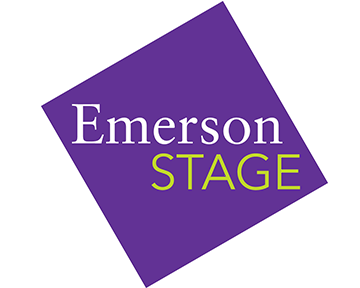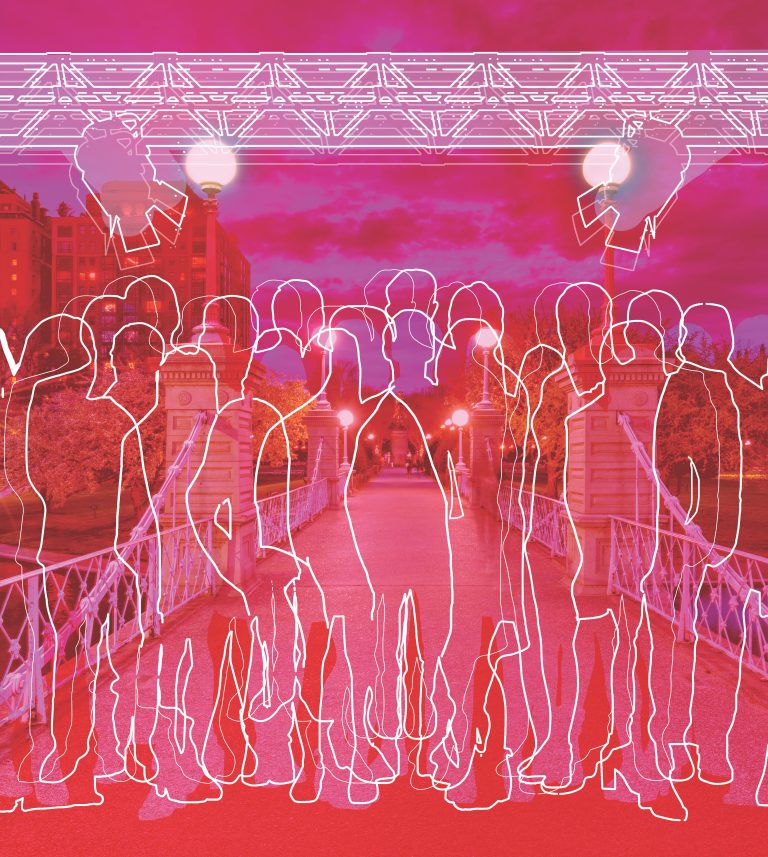Q&A With Owen Meadows, Working Associate Sound Designer and Mix Engineer

Emerson Stage’s production of the musical Working (2012 Revised Version) opens on Thursday, April 18, at the Cutler Majestic Theatre. I reached out to Associate Sound Designer and Mix Engineer Owen Meadows, BFA ‘20, about his roles, process, and his experience working with Emerson Stage.
Tell us about your role in Working and where you are currently in the process.
For this show, I’m wearing two different hats: Associate Sound Designer and Mix Engineer. As the Associate, I support our designer Elizabeth Cahill with any decisions that relate to the sound of the show. This means helping to decide and imagine how we want the show to sound for the audience, as well as collaborating to design the systems that will help make that vision a reality. More specifically, this includes deciding on speaker placement, microphones for the cast and the orchestra, and any effects that may be important to the show. This also means working with our Production Sound Engineers Jon and Kayla as well as their assistants Julie and Noah to ensure the design is realized.
As the Mix Engineer, my job will be to control and manipulate the sound of the show as it happens live on stage. I’ll be making sure that the audience hears every actor and every orchestra member as best and as cohesively as possible. This requires a deep understanding of the script and mechanics of the show, as well as the unique sound of each actor and instrument.
At this point in the process, the design has been finalized and we are moving quickly towards loading into the Majestic and getting things running. With the majority of the design work done, I have shifted to spending the majority of the time in the rehearsal room focusing on learning the mix.
What inspires your design process in general as well as specifically for Working?
For me, sound design for a musical is twofold. First, on the technical side, it focuses on reinforcing and delivering the sound on stage to the audience with as much clarity as possible. Second, I believe it’s important to focus on collaboration and congruence with the team and the text. It’s all about telling the story as best and as meaningfully as possible. Whether that’s through sound effects, the mix, or other elements, they all should contribute to how the performers and the audience interpret and interact with the story on stage.
For Working, we agreed with our Director Scott LaFeber that it was important to let the text drive the show. We are accomplishing this is by cutting all of the sound effects, which felt nonessential. This gives the text and the mix space to truly communicate these characters’ amazing songs.
What’s been challenging about this show?
The biggest challenge for me is also what makes this specific production so exciting. Originally, Working was written for six performers. We have expanded that number to twenty-two. This has challenged me to think about the sound in an entirely new and complex way. It gives the show the power to retain its original intimacy while also expanding its range to encompass a sense of community.
Tell us about your collaborative process with Sound Designer Elizabeth Cahill, BFA ‘17.
Collaborating with Elizabeth has been a great experience. She has placed a lot of trust in me as her associate to be able to communicate on her behalf as the designer. As a previous student here at Emerson, she really understands the value of our education and has given the team a lot of opportunities to learn and grow within the context of this show. It’s also given us the chance to learn from someone who has been working professionally.
What has you the most excited about Working?
I’m very excited to get to bring these stories to Emerson audiences. Everyone involved has worked really hard to make sure that this show is giving the audience something to relate to and interact with in their own way.


